New Product Change Notice (PCN) effective Jan 1, 2025. MICROSENSOR appreciate your understanding.
Pressure Transmitters and Transducers
As a pressure transducer manufacturer, Micro Sensor provides a wide range of pressure transmitters and transducers for process control, marine, industrial gases, food and beverage, HVAC and telemetry, etc. The pressure transmitter ranges from 0.1bar to 1000bar, outputs 0.5V~2.5V DC / 0.5V~4.5V DC / 4mA~20mA DC, etc. Some pressure transmitters are certificated with ATEX explosion-proof, Exd as well as UL and are suitable for hazardous environment use. Custom design is available.
MPM489 ATEX pressure transmitter is an ideal solution for automation control applications that require precise measurement. MPM489 can use in harsh environments and hazardous areas.
M20 is highly cost-effective while achieving high reliability. It is suitable for various pressure monitoring and measurements in general industrial occasions.
Differential Pressure Transmitters
Micro Sensor differential pressure transmitter is for low range pressure measurement for air and gases. The low-pressure range can be 10 mbar, the best accuracy of the differential pressure transmitter can be ±0.075%FS. It can be widely used in the chemical, gas and oil filed.
Micro Sensor offers MPM4901FL differential pressure sensor or transmitter for oxygen pressure measurement, specializing in gas pressure measurement in medical oxygen production equipment and oxygen storage tanks.
MDM7000 Series Smart Differential Pressure Transmitter supports remote setting, monitoring and other functions through communication equipment. It is necessary for controlling and optimizing energy use, and maintaining product quality.
Digital Pressure Transmitters
Digital pressure transmitters output digital I2C, RS485, MODBUS, and HART signals for applications. Micro Sensor offers low power consumption digital pressure transmitters with a 3.3V power supply. The pressure ranges from 0.07bar to 1000bar. Digital pressure transducers with high precision are suitable for tank monitoring, agriculture irrigation, hydropower plant applications, etc.
MPM3801GRF outputs Standard I²C or SPI protocols. It is a digital I2C pressure transmitter for volume correctors, flowmeter which has excellent corrosion resistance and long-term stability.
MPM486 with HART protocol, is available to manage, adjust or monitor the process variables by HART communicator or software, and with local LCD display. It can measure fluid pressure precisely.
Three Main Types of Pressure Measurement
There are different types of pressure measurement based on the principle of operation: gauge pressure, absolute pressure, and differential pressure. To choose the most suitable type of pressure measurement instrumentation for your industrial applications, it's useful to start with the definitions and differences.

• Gauge Pressure
Gauge pressure(Pg) takes the atmospheric pressure(Patm) as the reference point. It represents the difference between the measured pressure and the actual atmospheric pressure. Since atmospheric pressure varies according to different altitude locations and temperature conditions, a gauge pressure transmitter is necessary to ensure accurate pressure values. Generally, a gauge pressure sensor has a vented tube that connects to atmospheric pressure, serving as a reference point to measure the media pressure.
Gauge pressure is the most common pressure measurement type, especially for industrial use. A gauge pressure transducer generally measures the level of open/vented tanks or the pressure of pipes in industrial use and compensates for those atmospheric pressure changes.
• Absolute Pressure
It takes the perfect vacuum as the reference point. A formula shows how to calculate the absolute pressure(Pa): Absolute Pressure = Gauge Pressure + Atmospheric Pressure. Absolute pressure measurement is commonly used in vacuum systems and applications where zero pressure is crucial. An absolute pressure transmitter is also used in liquid gas processing, containment, and transport applications.
• Differential Pressure
The difference between a certain pressure value and another used as a reference is known as differential pressure(Δp). Simply, it is the difference between two pressure values. In a sense, gauge pressure is another type of differential pressure that takes atmospheric pressure as a reference.
In these cases, a differential pressure transmitter is commonly used for a pipe where two ports are installed before and after the valve. When the valve is fully open, the pressures on both sides should be equal. If there's a pressure difference, it may indicate that the valve isn't completely open or that there is a blockage somewhere in the system.
A differential pressure transmitter can also be used for hydrostatic level measurement and process control.
Main Components of Pressure Transmitter and Transducer
The pressure transmitter is also known as a pressure transducer in some areas. It is a device that measures and transmits a signal proportional to the pressure applied. The structure of a pressure transmitter can vary depending on the application, but typically includes the following main components:
• Sensing Element
This is the essential component for pressure measuring that converts the applied pressure into an electrical signal.
• Circuit Board Chip
Circuit board chips are divided into analog chips and signal conditioning chips. This component amplifies or processes the electrical signal into a transmittable, unified standard signal. It can be a 4-20 mA current loop, voltage output and digital outputs.
• Housing
The sensing element and circuit board chip are enclosed in a housing to protect them from environmental factors like vibration, shock, and moisture. Housing with optional materials such as stainless steel 316L, SS 304, Hastelloy C, Tantalum, etc., according to the different working environments.
• Electrical Connection
These connectors link the transmitter to the power supply and other instrumentation in the control system. B1 4-pin Plug Connector, B2 Cable Connection, and other types are available. The choice of electrical connection depends on factors such as the current carrying capacity, voltage level, application requirements, and industry standards.
• Process Connection
It involves the physical connection between the pressure transmitter and the process piping or equipment. There are several types of process connections commonly used in industrial applications, including thread connection, flanged connection, clamp connection, etc.
The choice of process connection depends on factors such as the process fluid, pressure, temperature, pipe size, and compatibility with the instrument. It is important to select the appropriate process connection to ensure accurate measurement, reliable operation, and safety.
Differences Between Analog Pressure Transmitters and Digital Pressure Transmitters
According to the characteristics of the output signal, the output mode of the pressure transmitter has analog output and digital output.
• Analog Pressure Transmitter
Common pressure sensor analog outputs include 4-20mA, 0-5V/10V DC, 0.5-4.5V DC, etc. In practical applications, users can more conveniently collect, process, and restore analog signals.
In maintaining the output signal's consistency, the analog pressure transmitter is more convenient to replace and maintain on-site. Compared with digital output products, the system response speed of analog output products is faster. Therefore, in special working conditions with higher requirements on frequency response, analog output pressure transducers are more suitable.
• Digital Pressure Transmitter
Common digital outputs include RS-485, I²C, HART, etc. Its system cost is lower when solving multi-point measurement applications. Compared with analog output products, the digital pressure transmitter is convenient for networking and conducive to online adjustment.
Among many digital products, RS-485 Modbus is one of the most widely selected. The product has strong anti-interference ability and a long transmission distance. I²C hardware is low-cost, fast, and has high data volume.
Micro Sensor provides digital and analog output signal pressure transducers, depending on your system compatibility, communication requirements, noise immunity, and the level of accuracy needed for the application.
Why is Industrial Pressure Measurement Important?
Pressure measurement benefits the following aspects in your industry applications:
• Safety: Pressure monitoring in industrial environments maintains safe operating conditions. Real-time data and pressure variations also allow for prompt responses to any abnormalities.
• Efficiency: By monitoring pressure, equipment and systems are operating within the specified pressure ranges. This prevents unnecessary strain on machinery to optimize processes for maximum efficiency.
• Quality Control: Consistent pressure levels in manufacturing processes maintain stable production quality, reduce waste, and enhance overall efficiency.
• Predictive Maintenance: Pressure transmitters assist in predicting potential equipment failures or issues, facilitating proactive maintenance to prevent costly downtimes.
• Compliance: Many industrial operations are subject to regulations regarding pressure levels. Pressure transmitters help in ensuring compliance with these standards.
Pressure Transmitters & Transducers Application
• Oil & Gas
• Chemical Industry: petroleum, coal mining, Daily chemical industry
• Pulp and Paper
• Electricity
• New Energy: lithium battery, photovoltaic
• Food & Beverage Manufacturing
• Pharmaceuticals
Click here to get more details about our solution.
Pressure Transmitters from MICROSENSOR
Our pressure transmitters and transducers offer unrivaled precision and reliability, making them the ideal choice for demanding industrial applications. Highly accurate pressure instrumentations ensure optimal performance and safety. Experience superior durability and long-lasting performance, even in challenging environments. Seamless integration and easy calibration enhance operational efficiency.
Choose MICROSENSOR for dependable pressure measurement solutions that boost productivity, reduce downtime, and deliver exceptional value.
Resources
-
Pressure, Flow, and Temperature Solutions for Straw-to-Sugar Production
Driven by China’s “dual-carbon” strategy and the growing circular economy, straw-based sugar production has emerged as a key pathway for turning agricultural residues into valuable resources. By converting crop straw into sugar solu...
-
MDM7000 Series Pressure Transmitters: ATEX-Certified for Hazardous Areas
In hazardous areas, instrumentation is a critical part of the safety chain. In oil & gas, chemical, and storage & transport industries, pressure measurement instruments must operate reliably under high temperatures, high pressures, and...
-
Pressure Transmitters for Gas Metering and Regulation
As urban, industrial, and clean-energy gas use expands, distribution networks are shifting toward higher operating pressures, larger flow capacities, and more intelligent control architectures. Gas metering and regulation equipment ser...
-
MICROSENSOR Wins 2025 AchemAsia Process Innovation Award
October 14, 2025 – Beijing, China — Micro Sensor's MDM7000 Smart Pressure Transmitters has been honored with the 2025 AchemAsia Process Innovation Award in the category of Digitalization and Instrumentation.The award, jointly organiz...
-
MICROSENSOR at SPS 2025: Precision in Pressure, Level, Flow, and Temperature
In an era defined by Industry 4.0 and the Industrial Internet of Things (IIoT), seamless data acquisition and process control are not just advantages—they are necessities. MICROSENSOR's presence at SPS 2025 is a testament to our commi...
-
MICROSENSOR at FENASAN 2025: Empowering Water Management
MICROSENSOR's presence at FENASAN 2025 will showcase how our portfolio of pressure, level, flow, and temperature instruments is revolutionizing efficiency, reliability, and intelligence in water management and treatment.
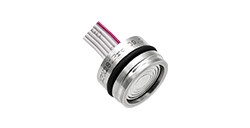
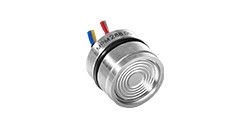
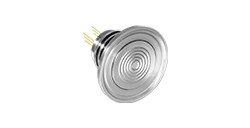
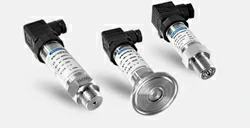


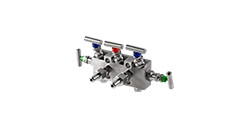
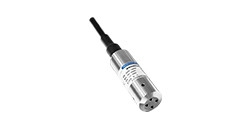
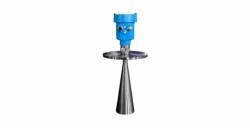
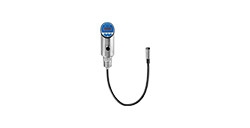
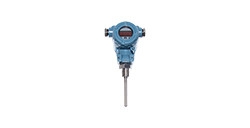
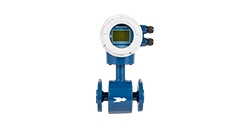
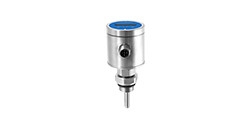
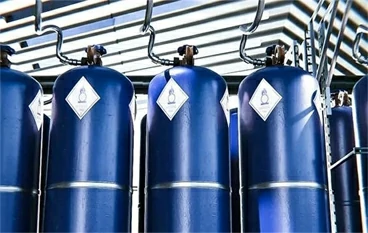
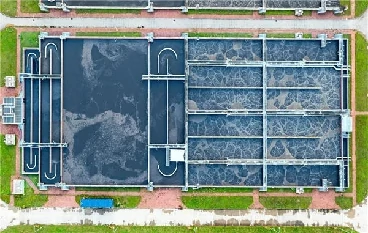
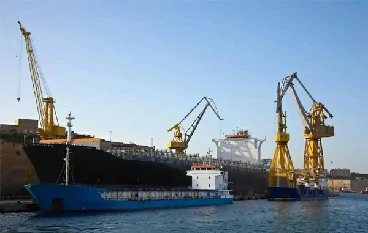
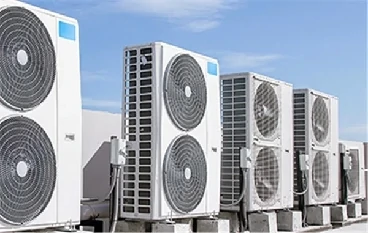
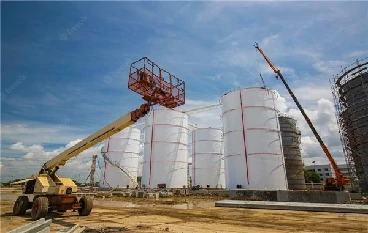
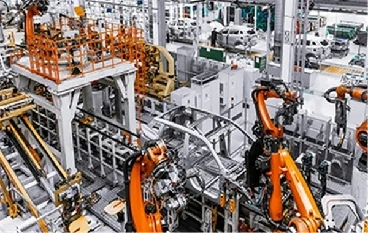
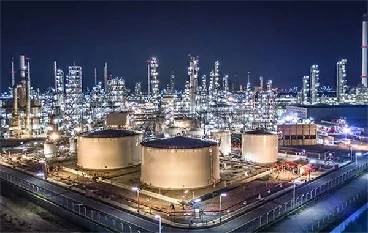
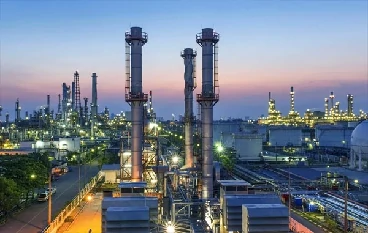
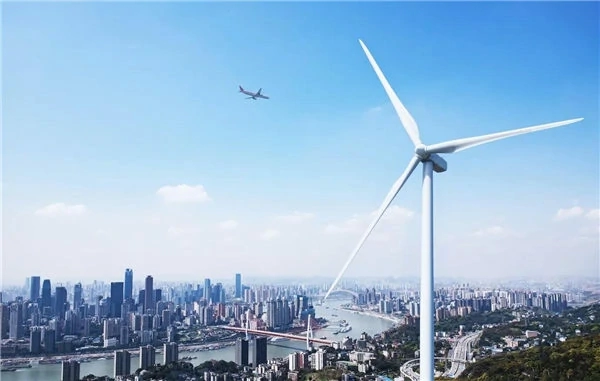
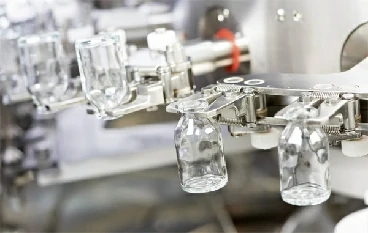
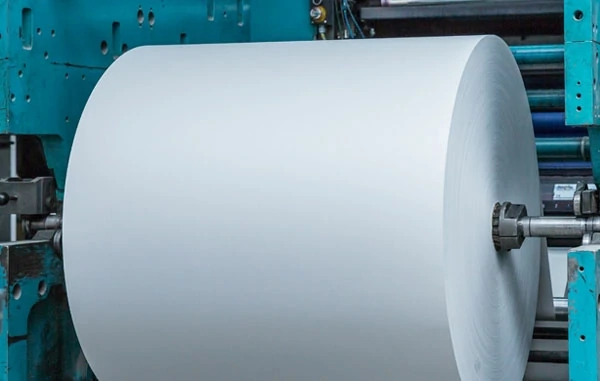
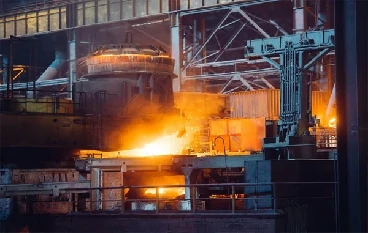
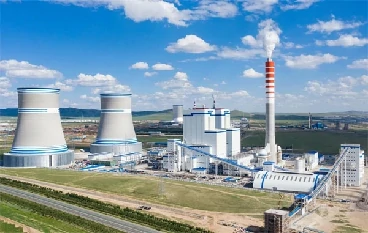
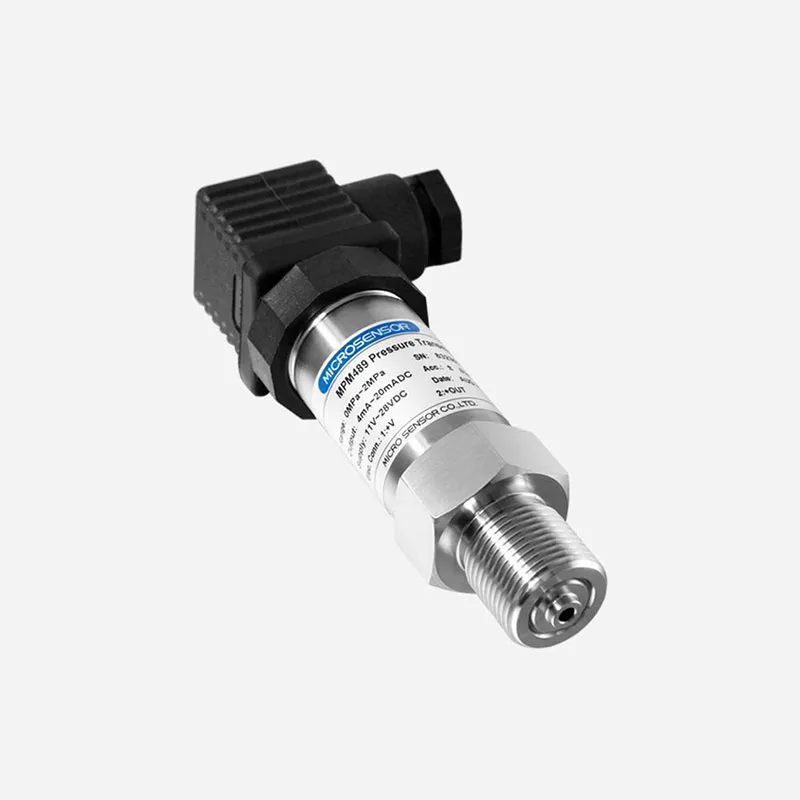
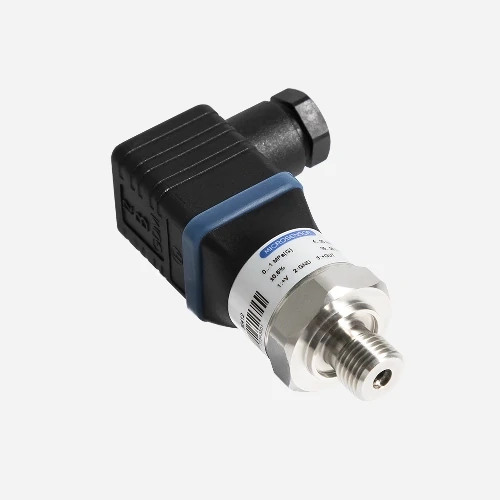
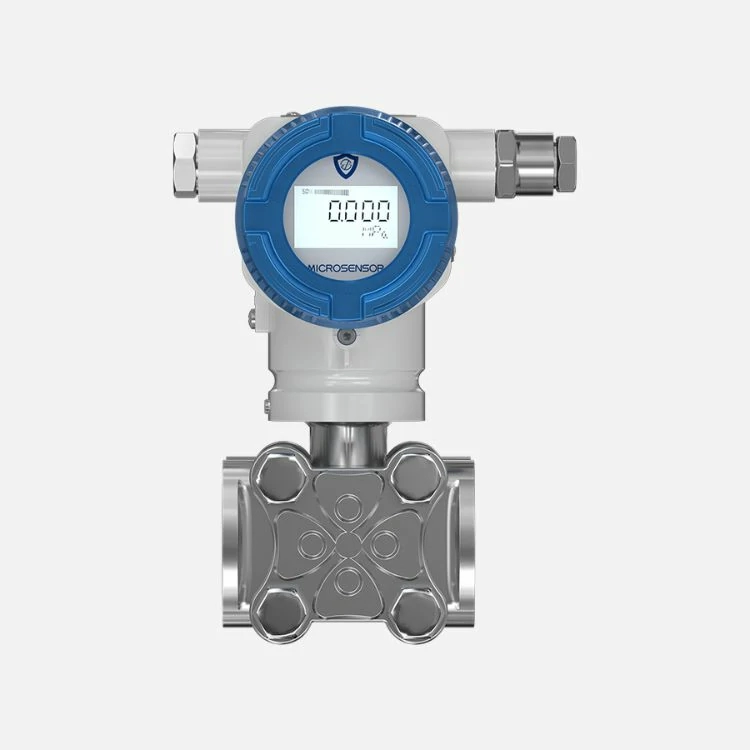
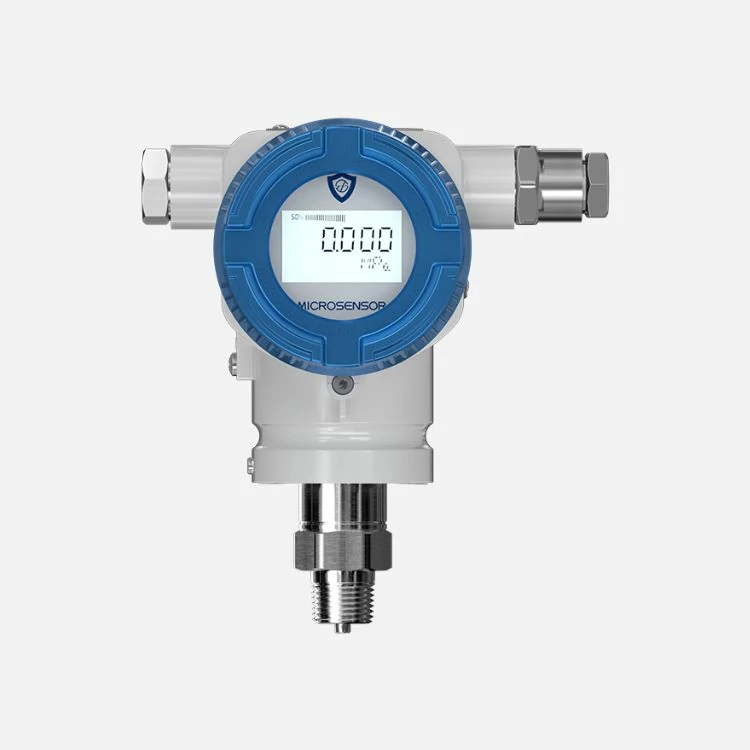
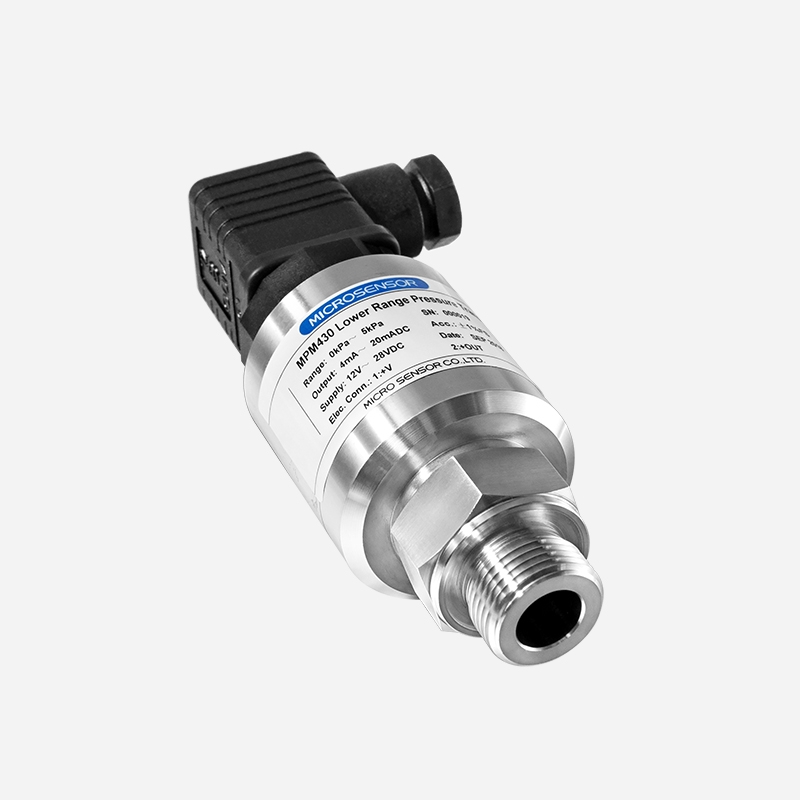
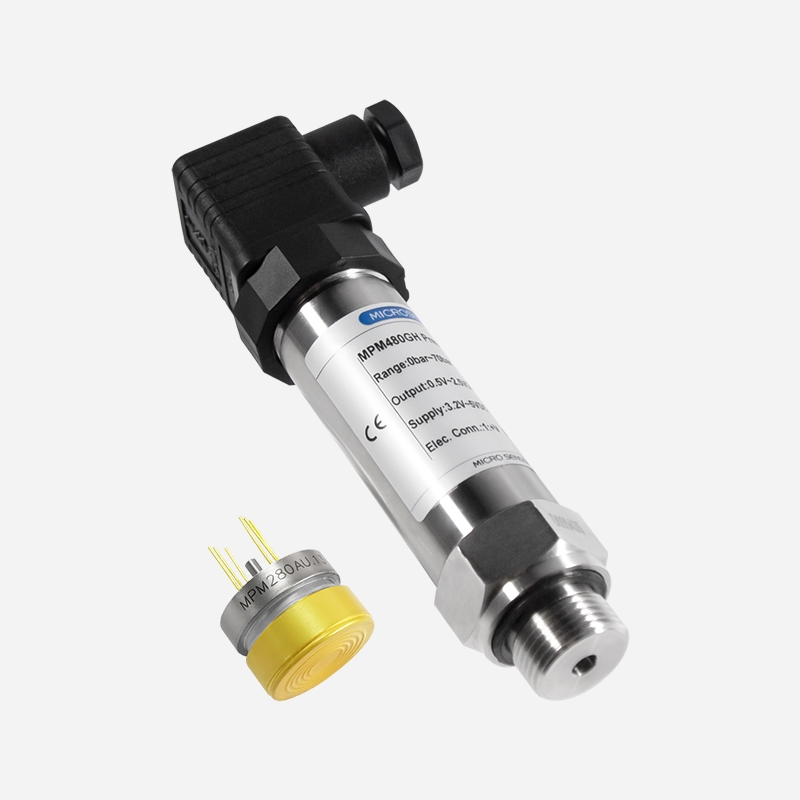
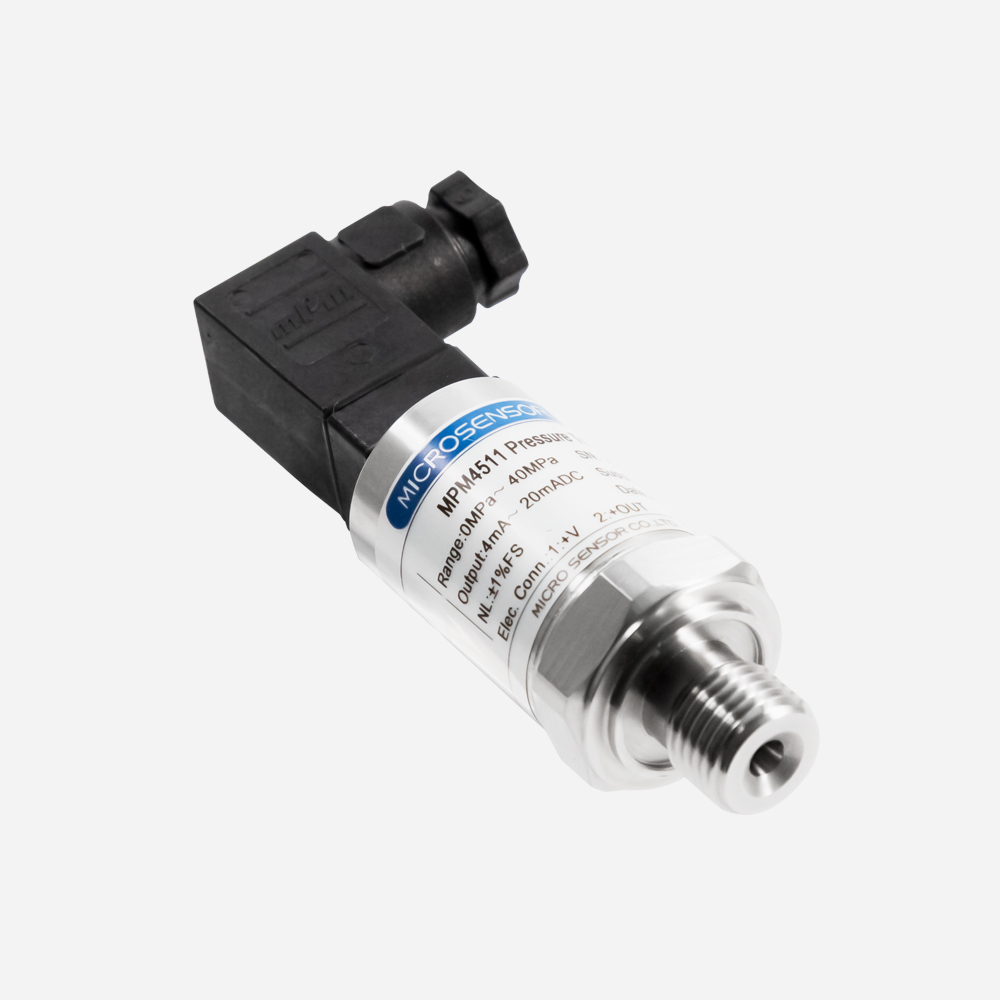
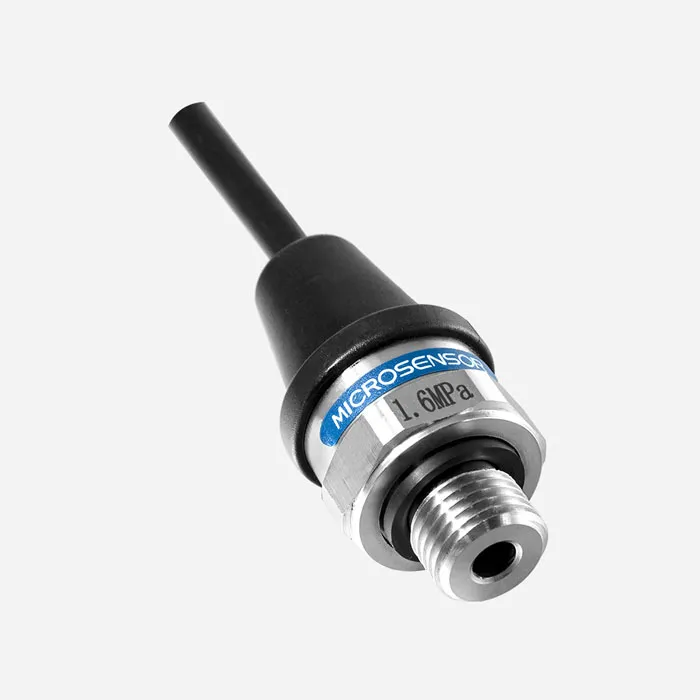
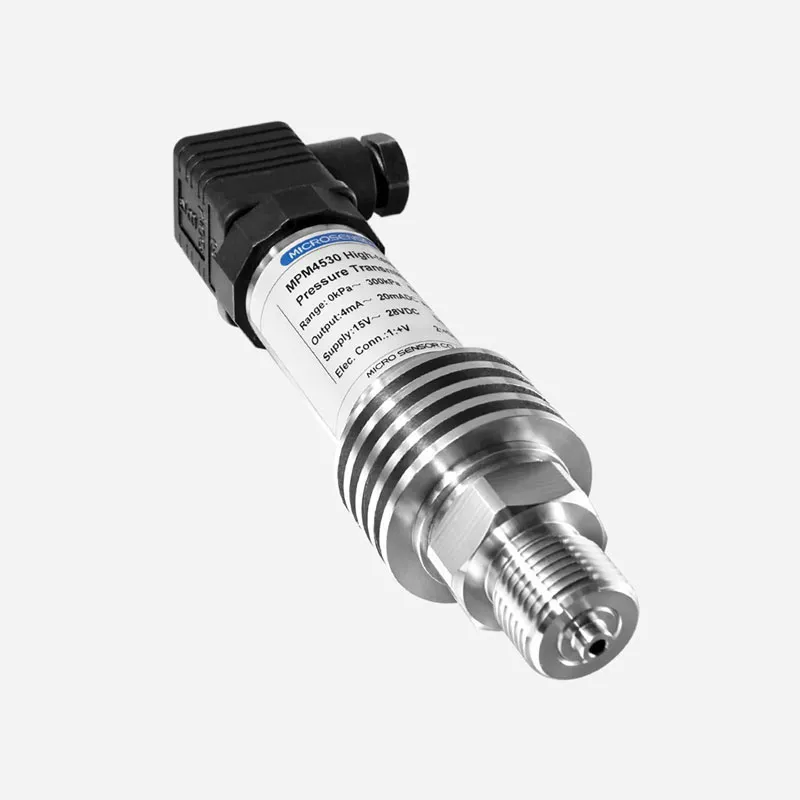
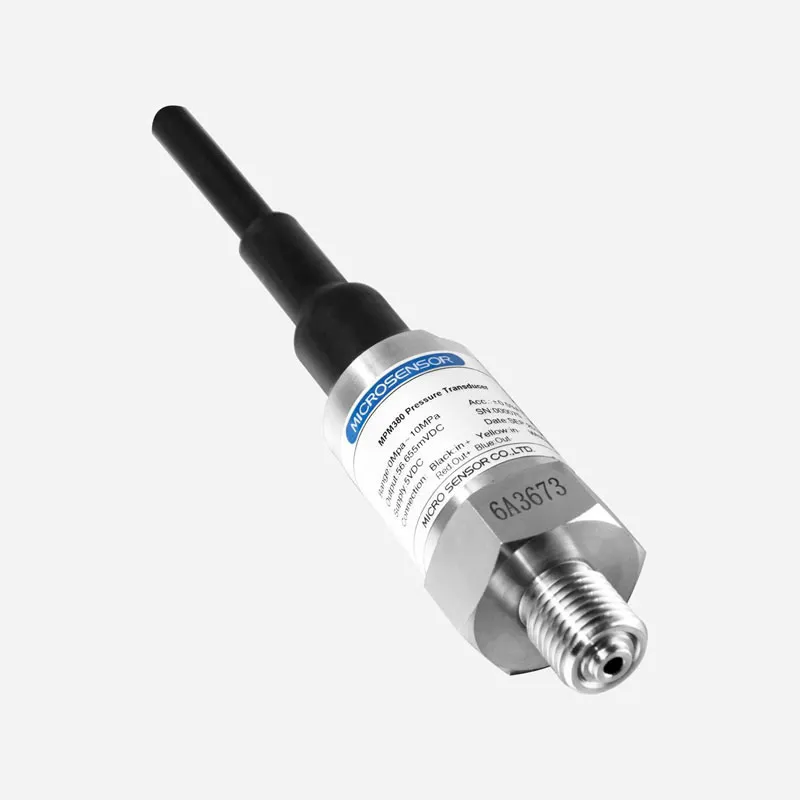
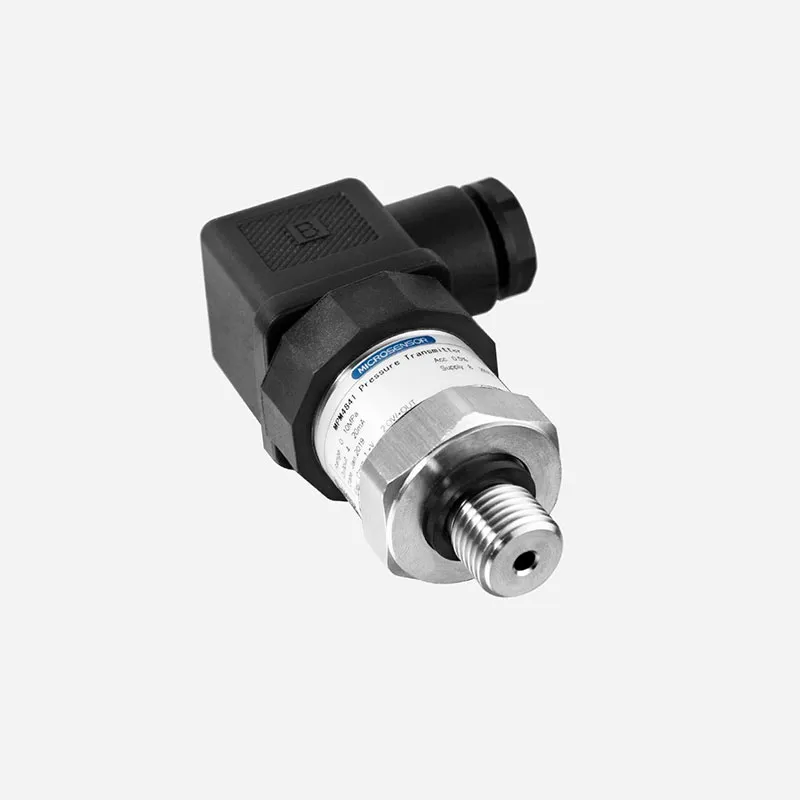
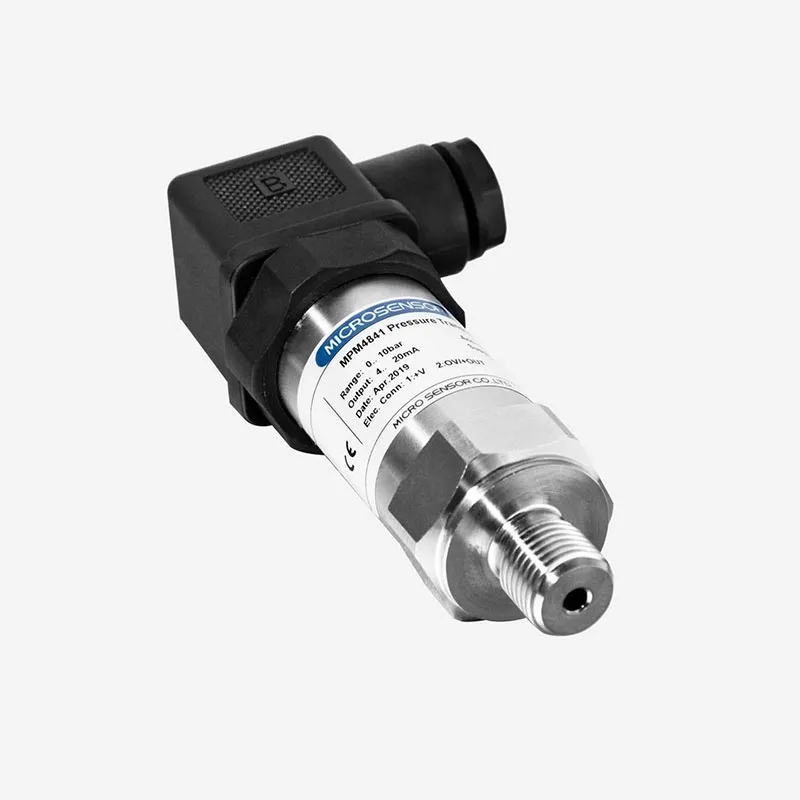
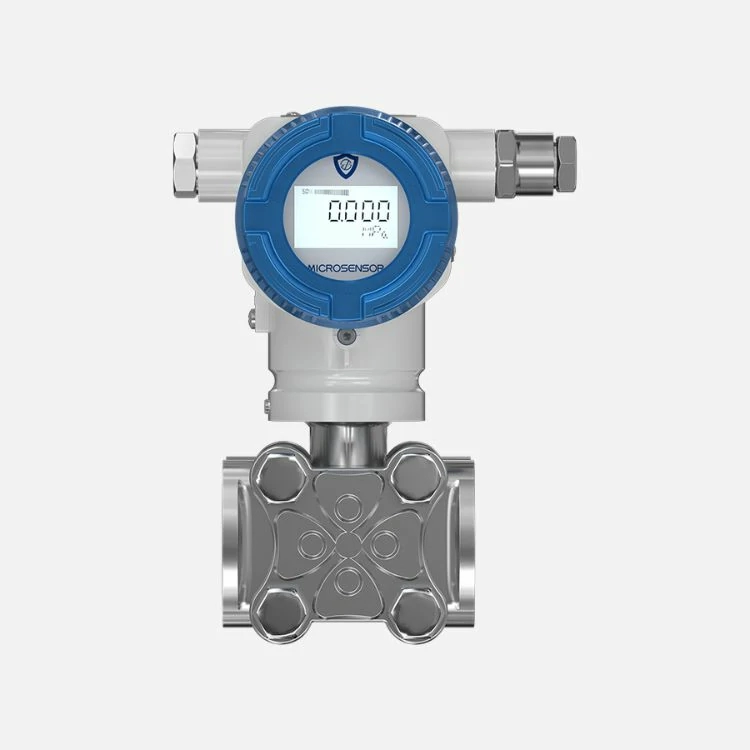
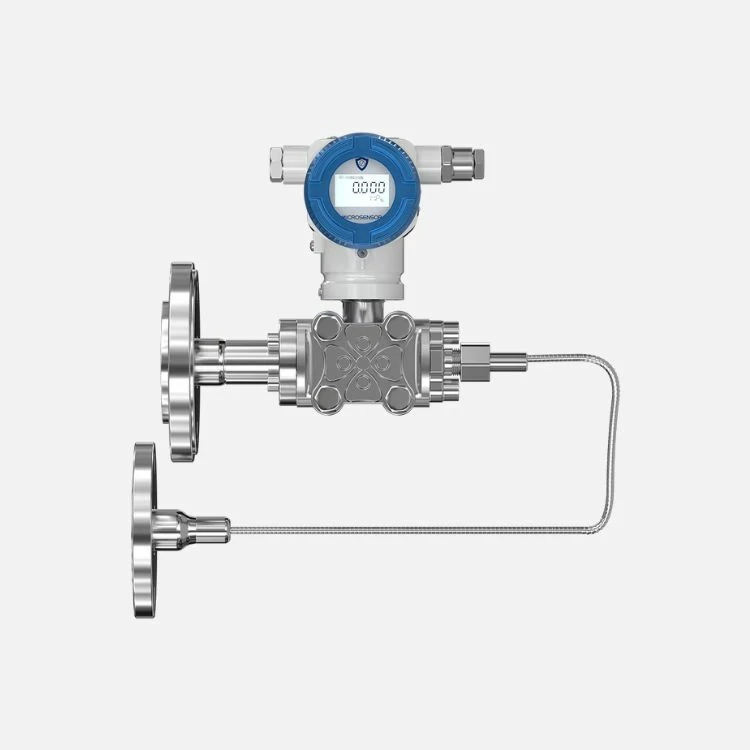
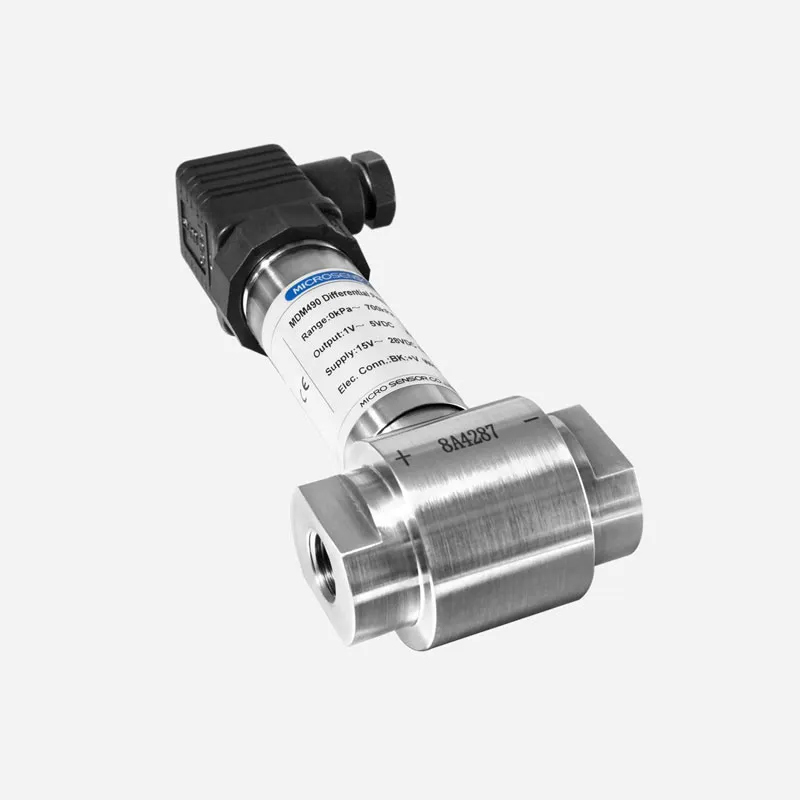
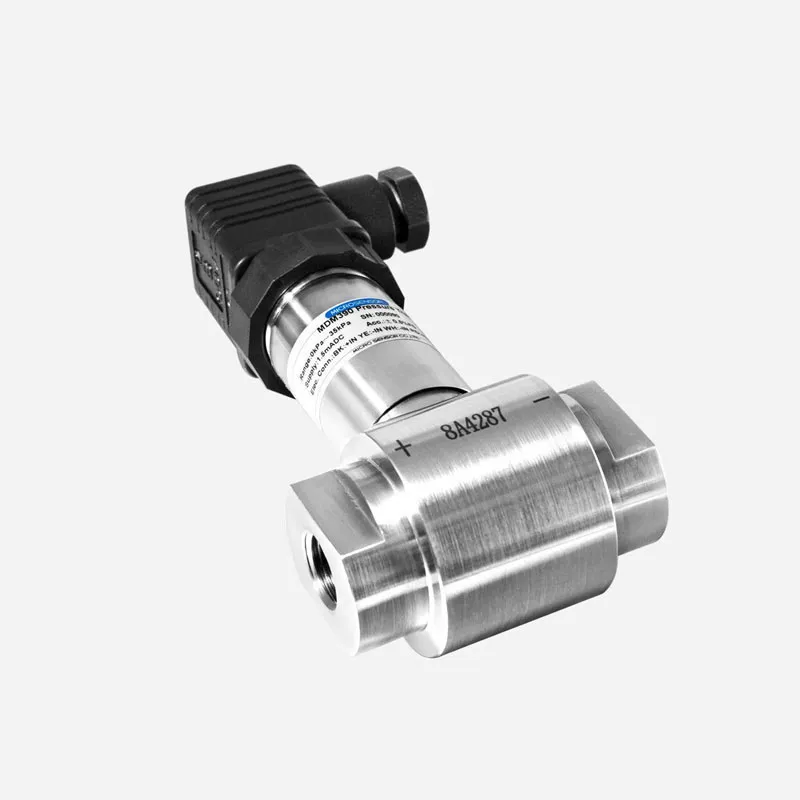

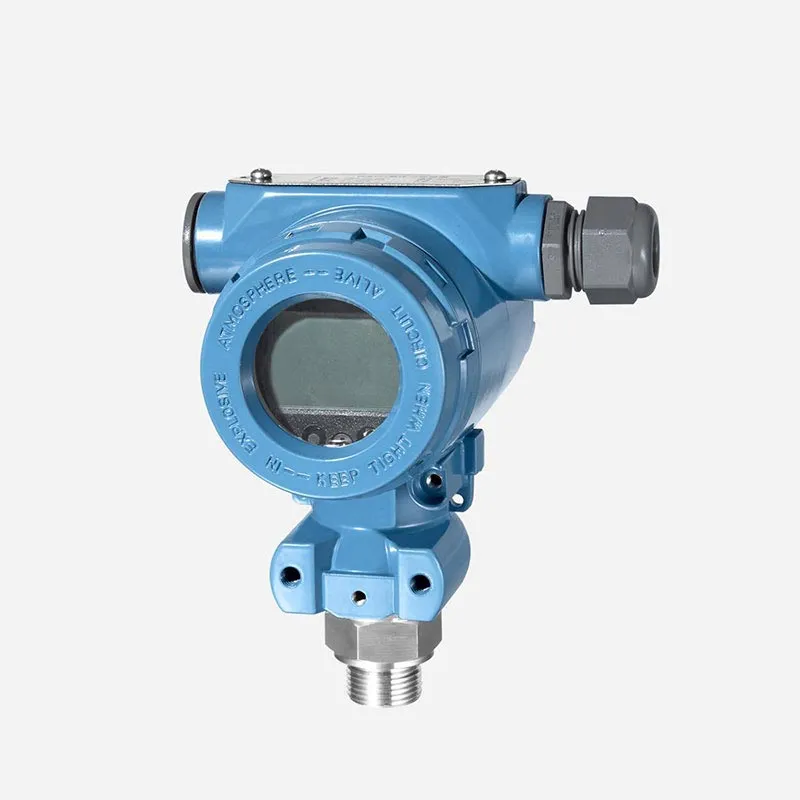
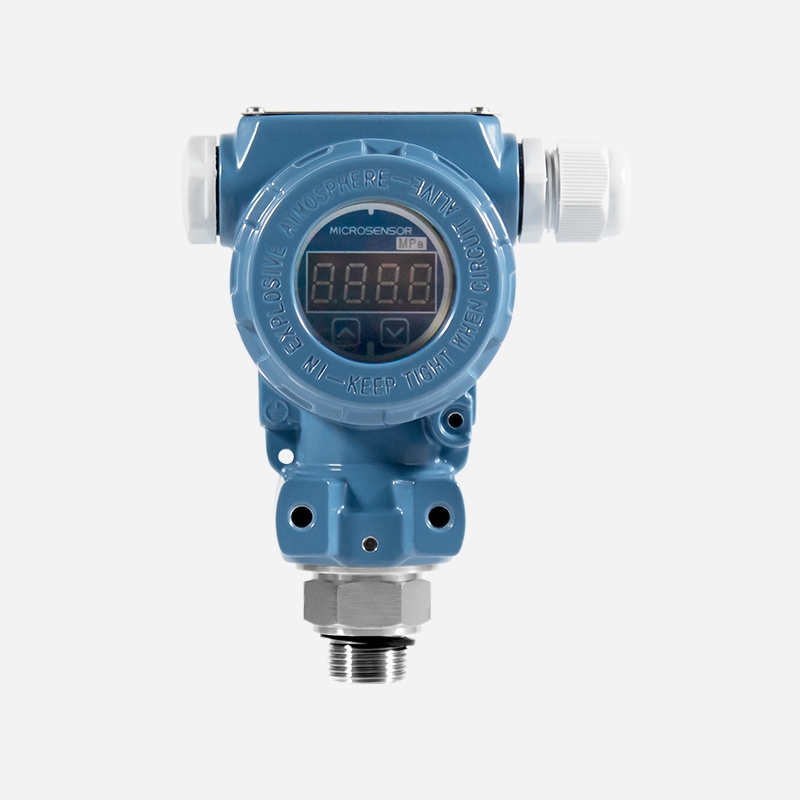
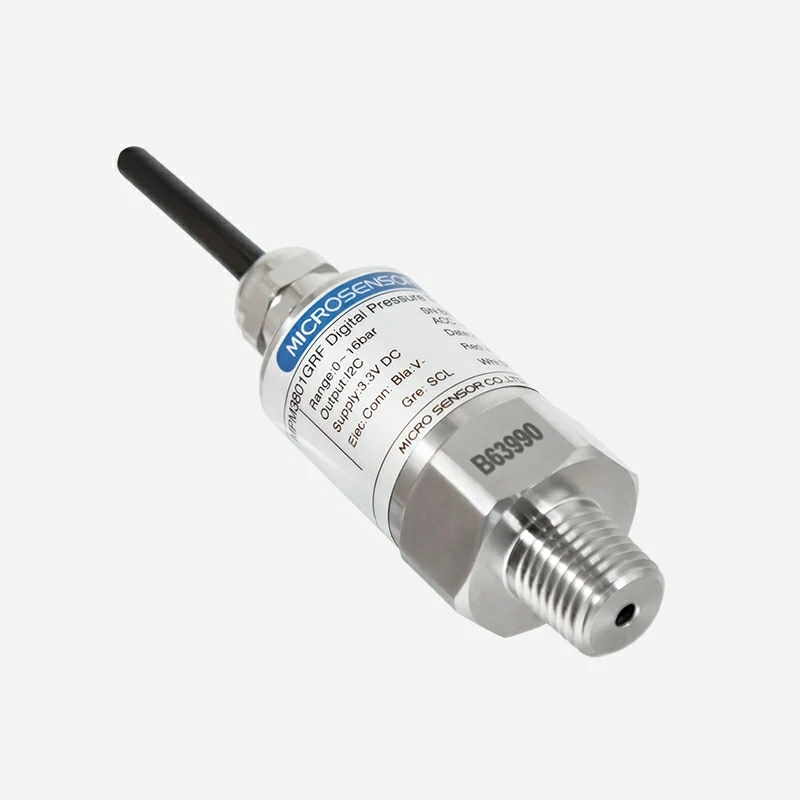
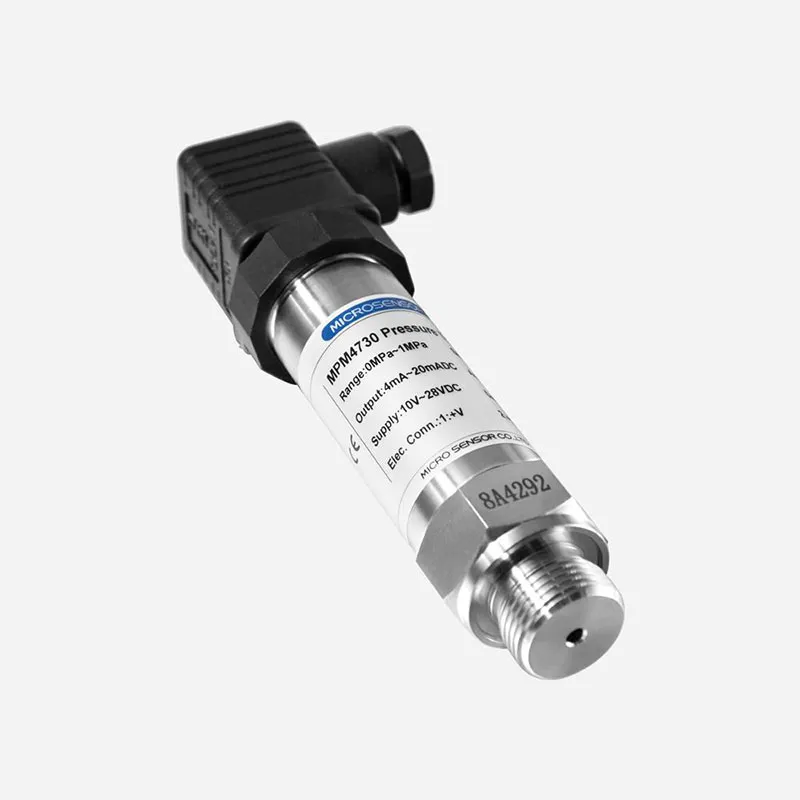
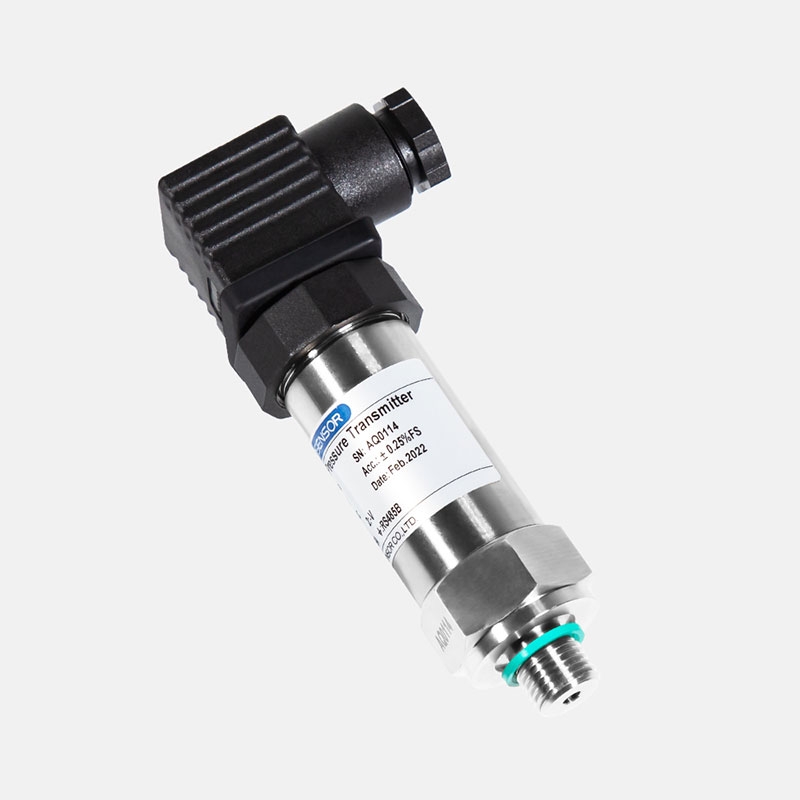
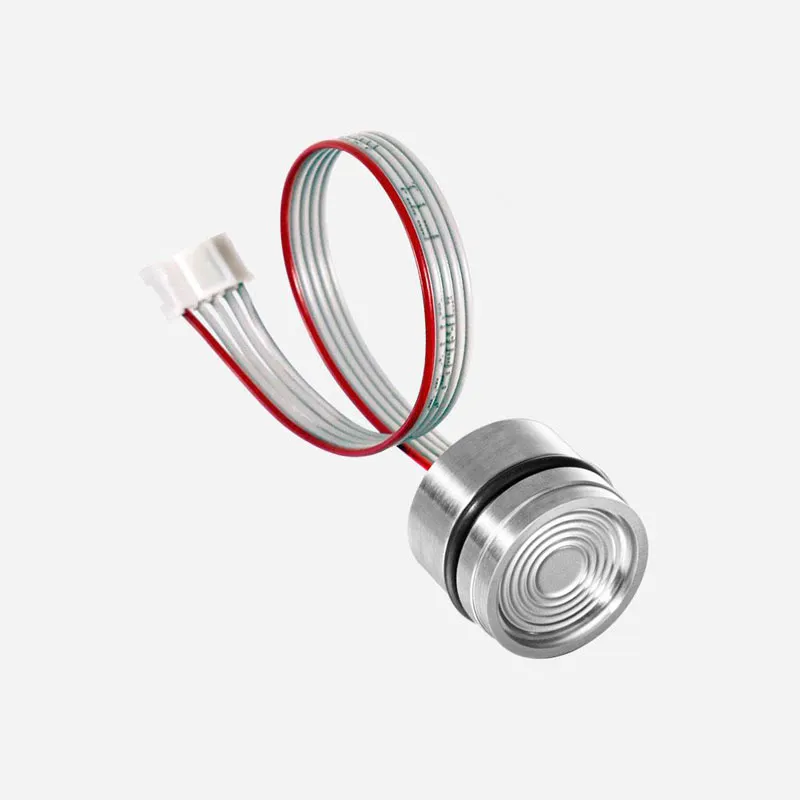
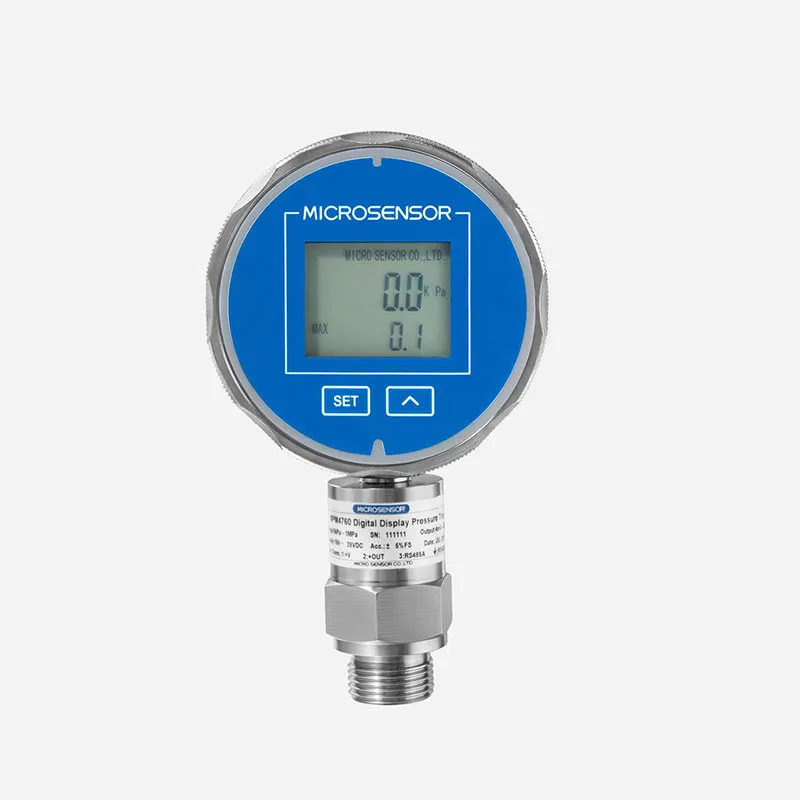
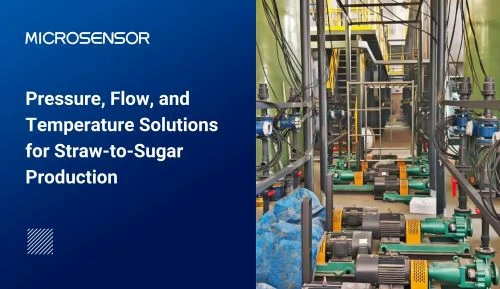
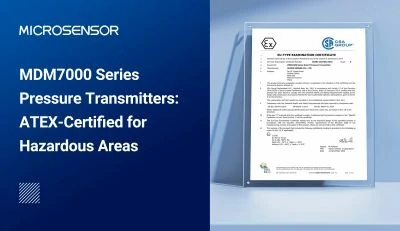
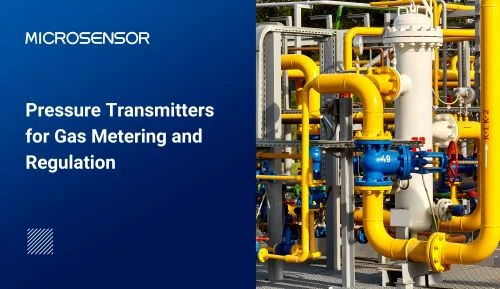
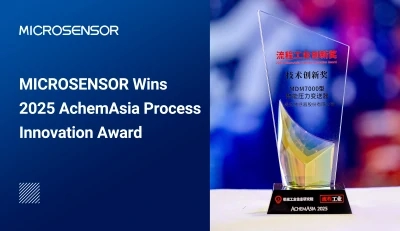
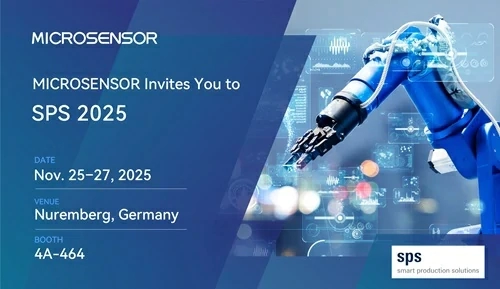
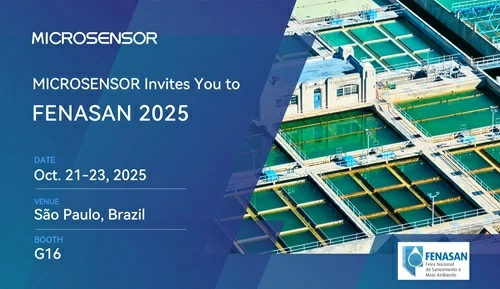
 Copyright © 2025 MICRO SENSOR CO., LTD
Copyright © 2025 MICRO SENSOR CO., LTD